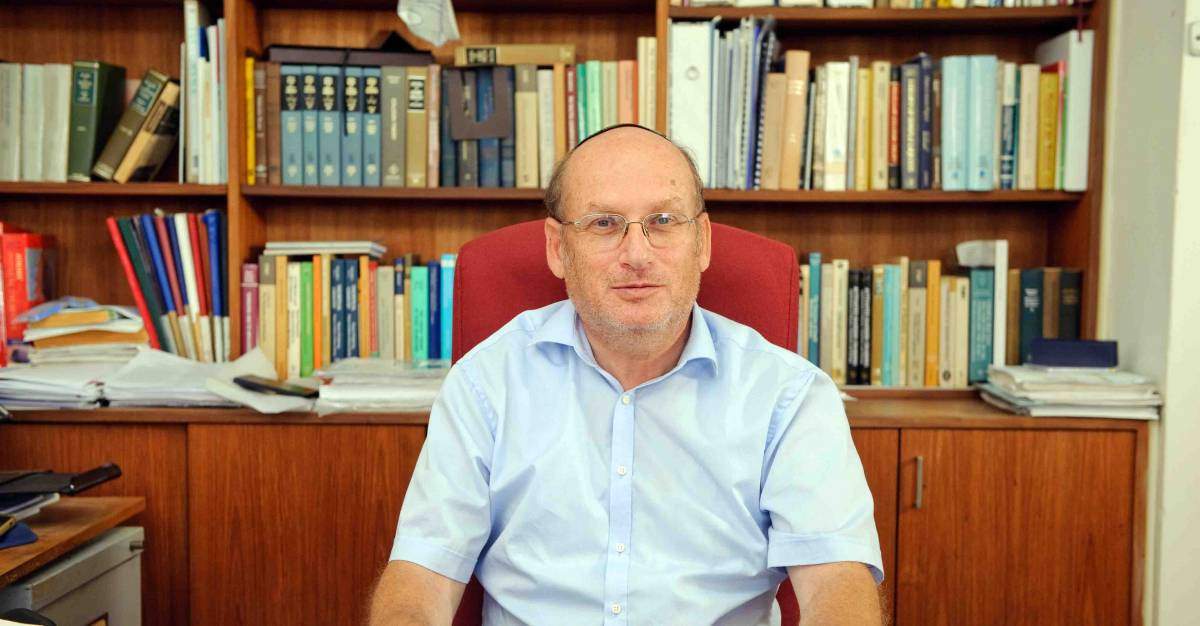In No Time at All – Can quantum physics explain protein folding?

Proteins are long molecular chains that fold into very specific three-dimensional shapes in order to function. And as they go about their lives, they unfold and refold, opening up and returning to their prearranged structures. These dynamics can be described by the laws of physics. In the past, for example, researchers used the laws of classical mechanics to ask: How long, on average, does it take for a protein to open up or refold? What is the range of times in which a particular molecular action takes place? Prof. Eli Pollak of the Weizmann Institute of Science’s Chemical Physics Department, who had developed a theory for these processes based on classical Newtonian mechanics, decided that the same problem could be generalized and studied from the point of view of quantum mechanics. Of course, asking questions about time in quantum mechanics is tricky, as the basic question – what is time? – has not yet been satisfactorily answered in a quantum physics framework.
Sometimes, the longer the distance a system through which a system moves, and thus the larger the change, the shorter the time required
To solve the quantum time problem, Pollak showed that one may investigate the probability that at any particular point in time, the system will undergo a change from one quantum state to another quantum state. Intriguing quantum phenomena include tunneling – a fascinating property in which a particle is able to pass through a classically insurmountable barrier. So the question then becomes: How much time does it take for a quantum particle to tunnel through a barrier? Pollak calculated this process and proved that at the low temperatures in which quantum phenomena emerge, the average time required for tunneling through a barrier may be zero. That is, the passage through the barrier occurs in no time at all. In a continuation of the same calculation, he showed that distance comes into play as well: Sometimes, the longer the distance a system through which a system moves, and thus the larger the change, the shorter the time required.

Another development arising from the same calculation led Pollak to yet another surprising conclusion: In systems such as those he investigated, it is possible to identify the location of a quantum moving particle with nearly exact accuracy. In other words, this finding significantly limited the uncertainty described in the well-known Heisenberg uncertainty principle of quantum physics. These calculations appeared in two recent papers that were published in the Journal of Physical Chemistry Letters and Physical Review Letters. Pollak says that the approach of studying time through spatial changes in space is moving us closer to understanding the role of time in systems that operate according to the intriguing laws of quantum mechanics.
Prof. Eli Pollak is the incumbent of the Sam and Ayala Zacks Professorial Chair.

Recent Comments